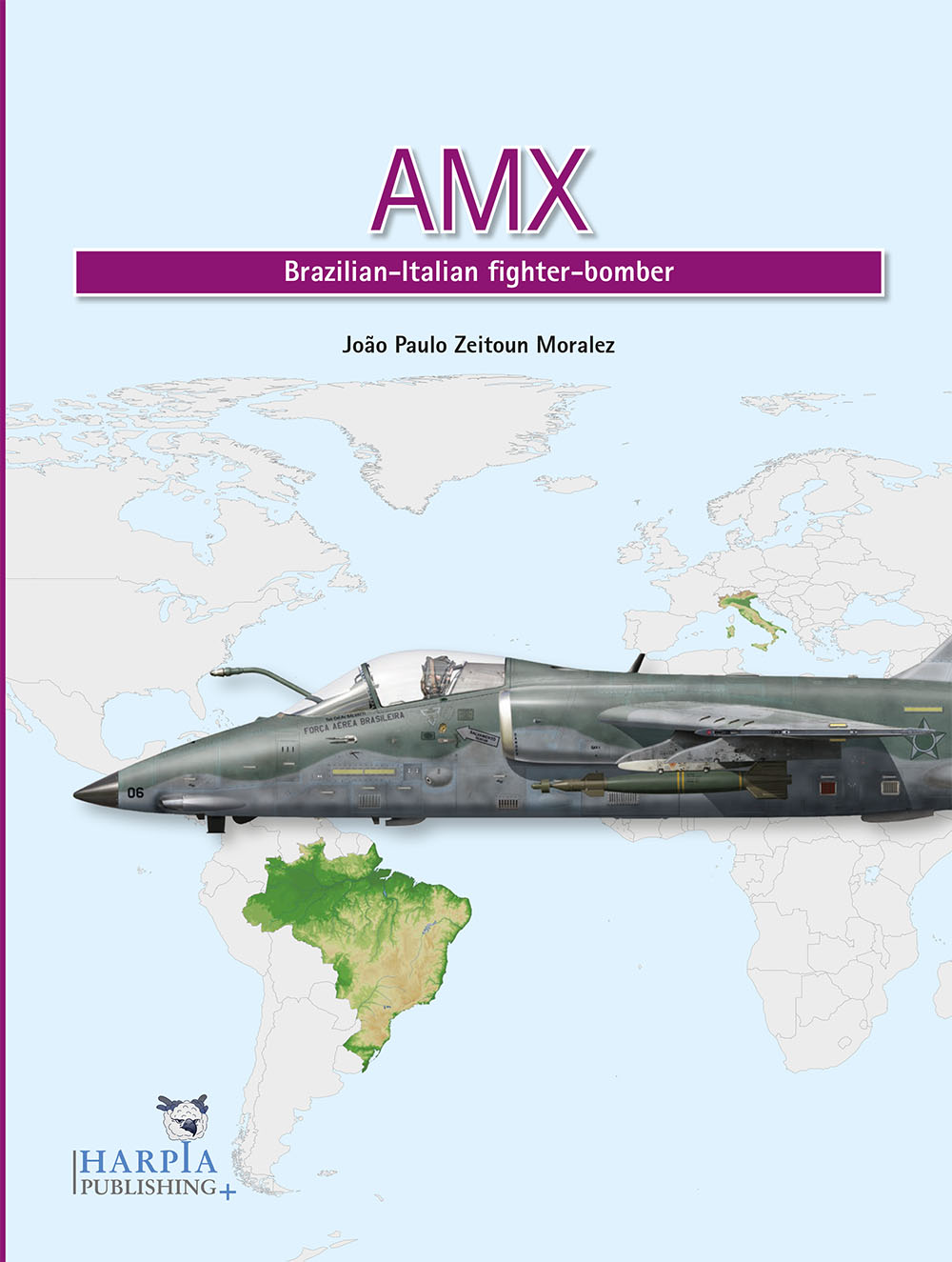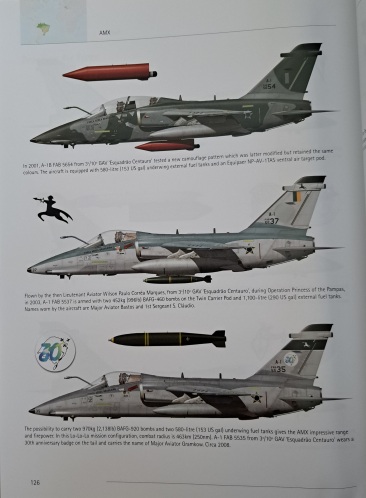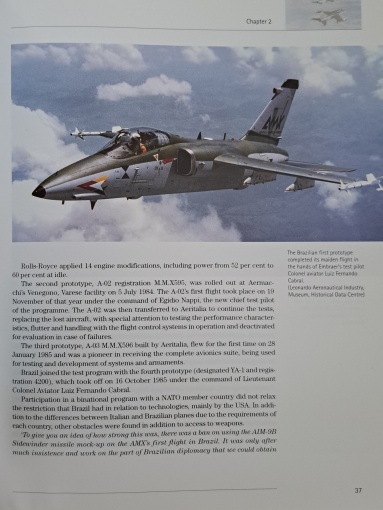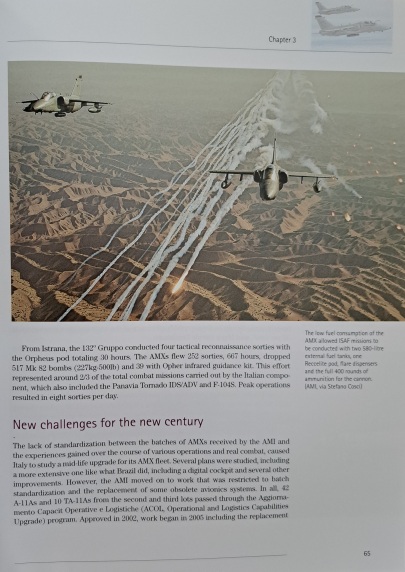Everyone likes books for Christmas, right? So here kicks off a short series of book reviews just in time for you to get something nice for a nerd special person in your life, or for yourself if you are so inclined.

Light fighters are one of the topics that intrigue me. They look like a good idea on paper, and in practice they rarely work out. The jointly developed AMX is perhaps more intriguing than most, as it probably is the most successful one of the last few decades, and the joint Italian-Brazilian nature of the program adds another dimension.
Harpia Publishing’s book on the little fighter that could came out last year, and is titled simply “AMX – Brazilian-Italian fighter-bomber” (ISBN: 978-1-95039-408-1). Written by João Paulo Zeitoun Moralez, you might recognise the author from the same publisher’s excellent Tucano and Super Tucano-books, and if you have read either of those, you probably have a rather good idea about what to expect from this volume. At just under 140 pages, the book include a huge number of photographs – almost all in colour, and covering many interesting topics. There are also a number of artwork in really nice colours and including memorable aircraft from the prototypes to operational aircraft right up to the time of publishing. And perhaps illustrative to the detail Moralez manages to fit into the pages, a full list of all aircraft produced for both nations, including construction numbers, registrations, batch, and remarks on eventual fate, special markings, or other significant details.
But the major selling point of the book is after all the story of one of the more peculiar aircraft to see operational service in the post-war era. It is a fascinating one, and in particularly the vastly different purpose and status of the program in Italy compared to Brazil. While you can easily get the feeling that the main purpose of the program for the Italians was to be able to keep the number of airframes in the AMI high as well as ensuring the Italian aircraft industry was kept busy (and not necessarily in that order), for Brazil the AMX was seen as a strategic capability for the FAB, while also being an important developmental block in building the national aviation industry. Here is also one of the points of criticism I have when it comes to the book, and that is that the story is told largely from a Brazilian point of view. To some extent this is justified, the programme was significantly more important for Brazil than for Italy, and while the Italian side is recounted, we do not get the same kind of detail and personal accounts as we do for the Brazilian.
Much of the text is dedicated to development of the aircraft, which feels justified as there is a really interesting story to be told here. However, the operational service is not left out, and the second half of the book cover the operational service in both air forces. I will admit I was somewhat surprised by the amount of combat the aircraft has seen in both Brazilian and Italian colours, something that is discussed at length.
The book as a whole is very much in the vein of Harpia’s other monographs, but the nature of the subject means this is one of the more intriguing ones in my personal opinion. Besides the earlier mentioned imbalance between how the Brazilian and Italian stories are told, there isn’t really much at all going into the negative column. Highly recommended to anyone interested in either of the two air forces or generally in more obscure modern combat aircraft.
The book was received free of charge for review purposes.





Looks like another good one. I was astonished to see it had a 20mm Gatling gun if I knew that I had forgotten.
There still seems to be a desire for the LA type even if not all that viable with the F-50 being the most prevalent
From what I can gather on the T-7A it looks like it can serve in the lighter end of the Light Attack end and from the looks of power to weight, its got a lot more performance up its sleeve than the Mach 1.01 its listed as.
Its being floated as an adversarial aircraft and even replacing the F-16 in some roles